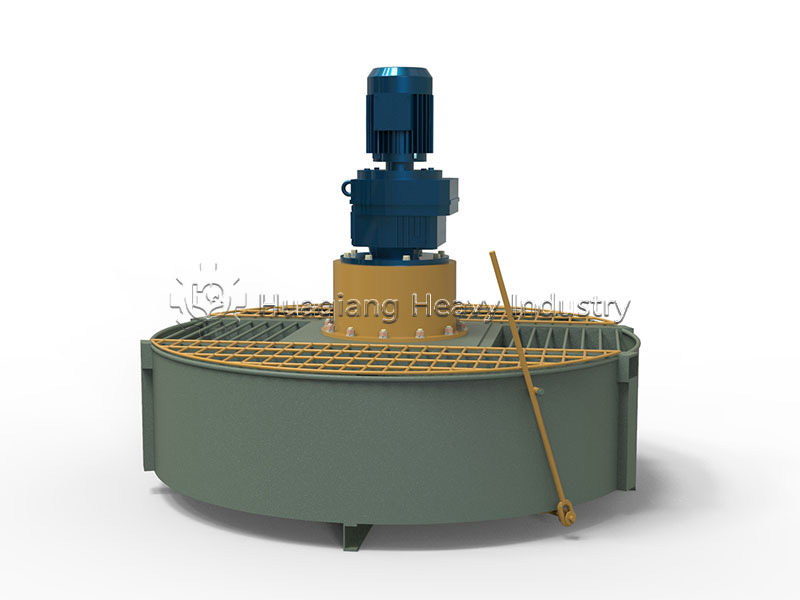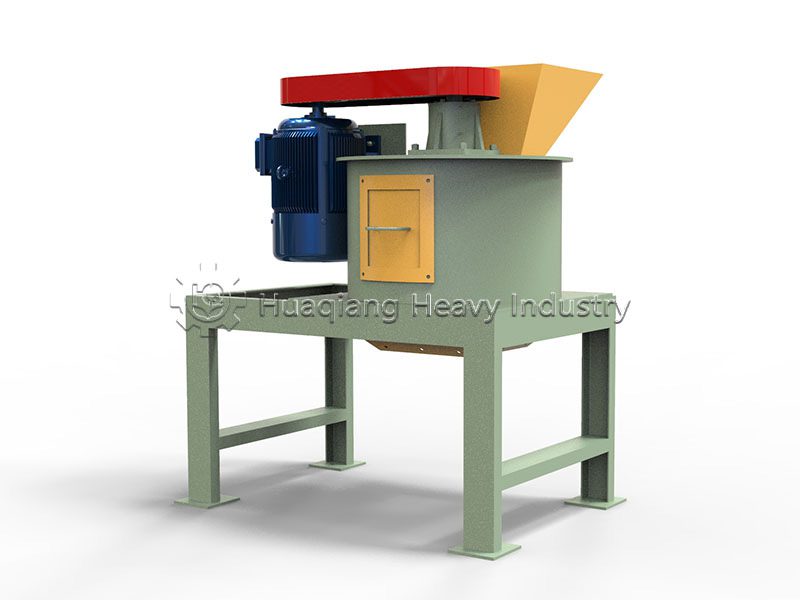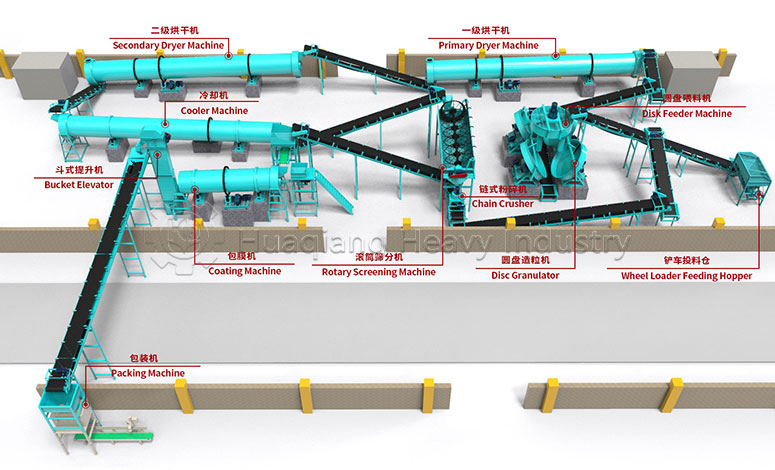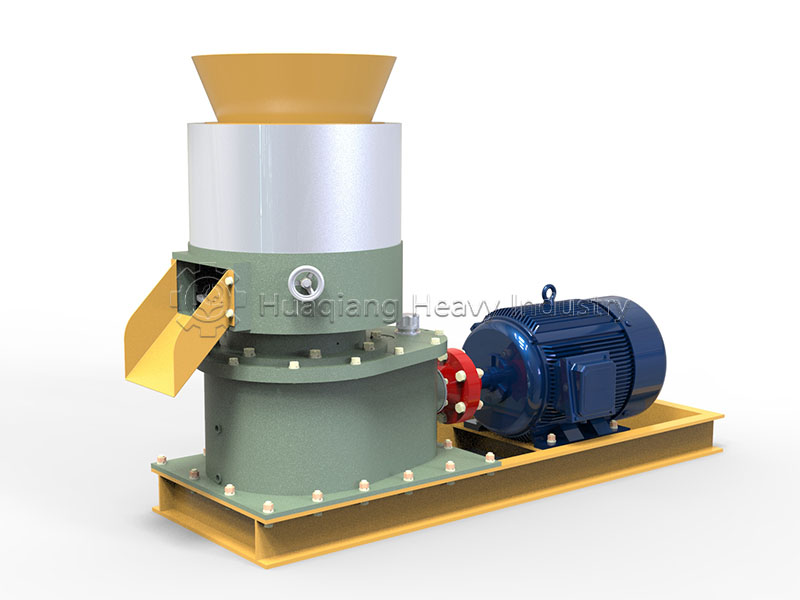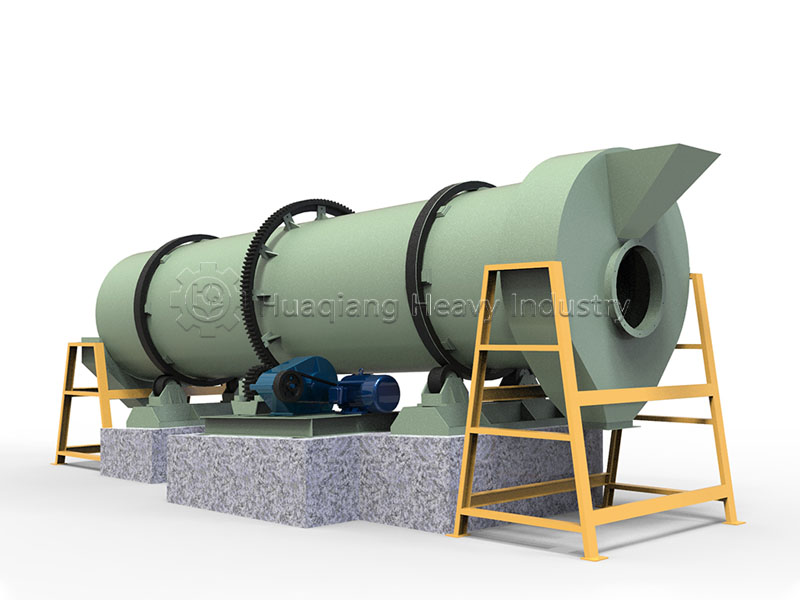In the production processes of chemical, pharmaceutical, food, and building materials industries, the uniformity and efficiency of material mixing directly affect product quality. Horizontal ribbon mixers, with their unique advantages, have become the preferred equipment for many companies.
As a professional material mixing equipment, the core highlight of the horizontal ribbon mixer lies in its horizontally arranged mixing drum design. This structure not only accommodates large volumes of materials, meeting the needs of large-scale production, but also adapts to the mixing of high-viscosity materials or materials containing solid particles, solving the problem of insufficient uniformity in traditional mixing equipment when handling special materials.
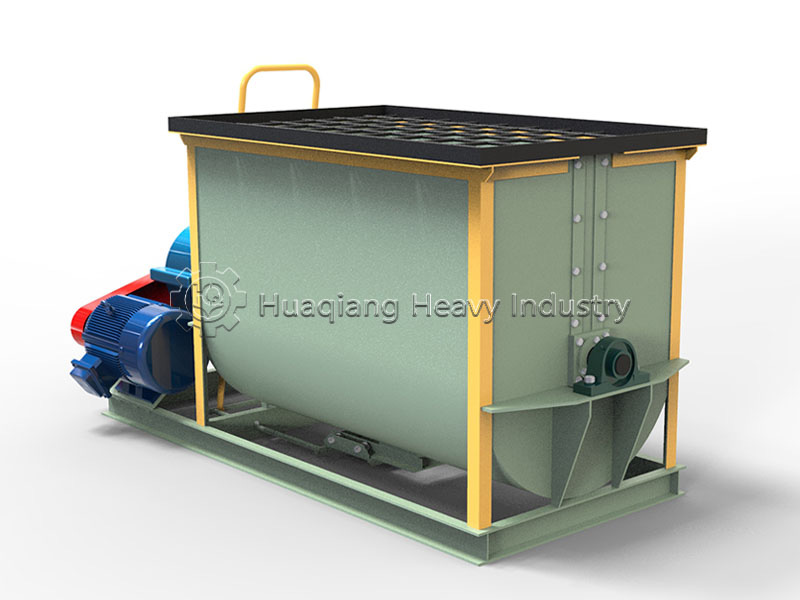
From an application perspective, the horizontal ribbon mixer is extremely versatile. In the chemical industry, it can precisely mix various chemical raw materials, ensuring reaction stability; in the pharmaceutical field, the strict sealing device prevents material leakage and contamination, meeting industry hygiene standards.
Notably, horizontal ribbon mixers are also often used in conjunction with NPK fertilizer production lines and NPK blending machines, undertaking critical material pretreatment work in the fertilizer production process. By uniformly mixing nitrogen, phosphorus, and potassium components, it improves fertilizer quality. Whether for single-material mixing or production line integration, the horizontal ribbon mixer, with its efficient and stable performance, has become an important piece of equipment driving quality improvement and efficiency enhancement across multiple industries.



